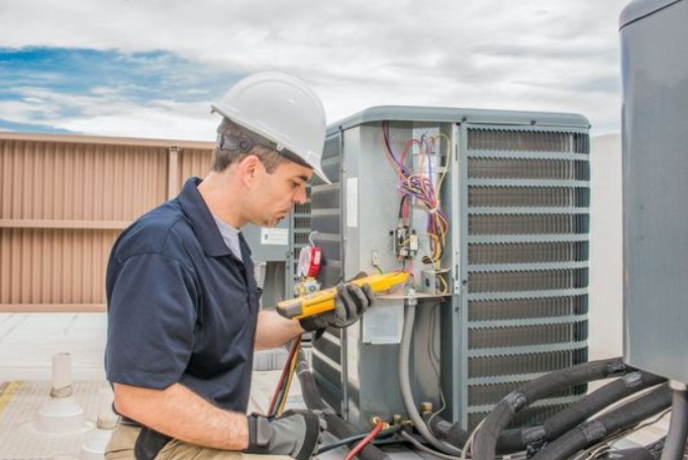
A gazebo adds charm, functionality, and comfort to any outdoor space. Whether you want a quiet space, a stylish spot for gatherings, or a shaded corner for relaxation, a gazebo can enhance your backyard.
While the idea of gazebo installation seems complex, approaching the process with the right plan makes it smooth and manageable. The key is understanding what matters most before and during the project so that the finished structure blends perfectly with your home environment.
Read on 5 tips that will help you seamlessly install a gazebo in your home.
Select the Right Location
Choosing the right location determines convenience, aesthetics, and long-term satisfaction. Begin observing your backyard to identify the most suitable spot. Consider how sunlight falls throughout the day and whether you want a shaded area, or a sunny area.
Accessibility is also important. A gazebo too far away from the main house may look appealing but could feel inconvenient when carrying food, or furniture. On the other hand, positioning it too close to the house can reduce the sense of having a distinct outdoor place.
Prepare the Foundation
The foundation of your gazebo determines its stability and durability. Without proper groundwork, even the most well-built structure may fail over time. Start clearing the designated area of grass, stones, or debris. A flat, leveled surface is essential for both safety and ease of construction.
Depending on your chosen gazebo style, you may opt for a concrete base or wooden decking. Whatever foundation you choose, ensure it is well-prepared to avoid problems later. Spending time on this step prevents structural damage in the future.
Choose Quality Materials
When planning gazebo installation, the choice of materials can make a big difference. Wooden gazebos offer timeless charm, blending naturally with the outdoor environment. Cedar and redwood are especially popular due to their durability and resistance to pests.
For those who prefer a low-maintenance option, metal gazebos provide a sleek and modern appeal. Aluminum and steel frames resist rust when coated properly and come with powder finishes that extend their lifespan.
Plan for Utilities
A gazebo is more than just a shelter; it can also be an extension of your living space. To make it truly convenient, think about utilities and features that enhance comfort. Running electricity to your gazebo allows for lighting, ceiling fans, or even outdoor heaters.
Planning electrical wiring during the early stages prevents the hassle of adding it later. If you intend to use the gazebo as an outdoor dining space, consider how water access might improve convenience.
Ensure Proper Assembly
The final stage of gazebo installation involves careful assembly. Following the correct instructions ensures safety and durability in this step. Take the time to confirm that every joint, bolt, and panel is secure.
If you opt for professional help, verify that the contractors are experienced in gazebo construction to avoid costly mistakes. Once your gazebo is in place, regular maintenance keeps it in top shape. Routine care also improves safety.





